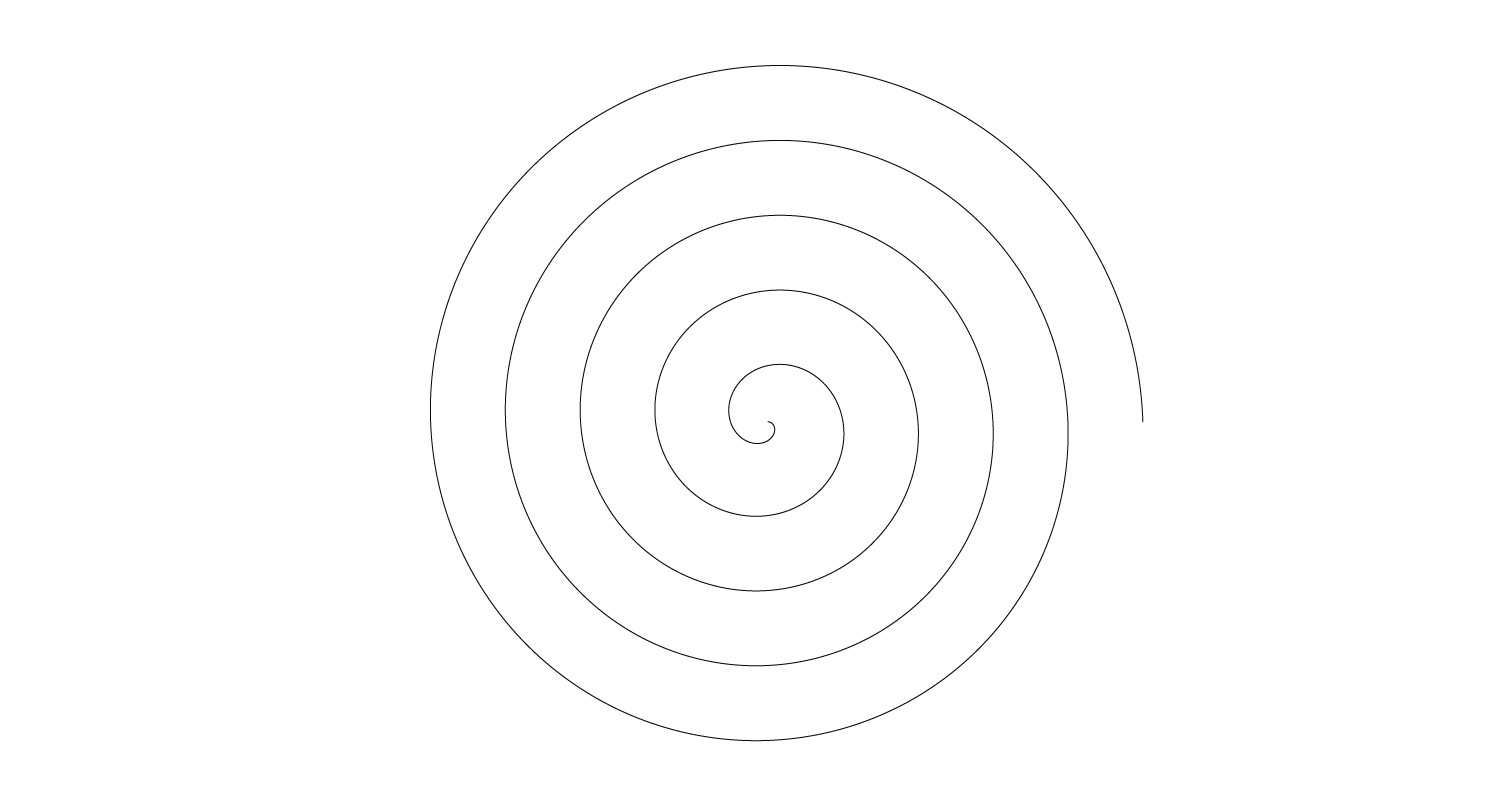| January 15, 2015 |
| Commissioned for 6TH SENSE at MINIBAR |
DON’T GO THERE
It’s November 2014 when I play an East Coast transplant, sent to NorCal to help a corporate client complete its launch of a major product. Life in the office and life in the hotel are alike in that life becomes its shadow, an empty figure carved by a cycling sun, set to rot in routine. Pulled awake by the thought of coffee and free donuts in the lobby, held in suspense until the company breaks for lunch. Each day the menu rotates through a new catered cuisine. It’s California salads on Monday, then detouring to India, Japan and Mexico, and coming full circle on Friday to burgers and fries. This figure enacts the barest semblance of living: basically, it is eating, then eating more—
It’s when driving that the body flickers awake, bound to a physical rather than an abstract machine. In the rental car we are alert nerves, no more a bag of guts: we are backing out of the hotel garage, we are turning down El Camino Real. The sensate world exists in signposts and the symbols they hold up, sunlight glinting off the cleaned curves of neighboring cars, and white painted lines. And in response we align—turning the wheel some centimeters to the left, pressing the brake some seconds before the light—though our mind thinks of nothing but crashing. At the far end of the circuit I arrive at the office park, thanks to these hundred reflexive acts. So what? What are my reflexes for? After work they play back in reverse, all the way back to the hotel, returning us to feed.
I notice that everyone here is driving in circles. I notice the same thing tomorrow and yesterday.
I notice the story writes itself. It is circling around a foregone conclusion, that the body does nothing but preserve itself, and propel the same movement that moves us to labor toward the same movement: a “figure of return” caught in “the cyclical organization of capital,” wrote Lyotard, which sucks freelancers into its outer orbit, transporting bodies across continents, expanding its playing surface over cubicles and concrete, catering to its favorite communities, all in the drive to generate more.
We sense how this is wrong, like how a body feeding only to work to continue feeding itself might as well be a lizard or a tree. Isn’t the point of all this that we can do something more? That unlike them, we can see that all we can see is a fragment of that same something more, which is limited to all we can see? In short, that we can feel bad about how little we can feel? How great!
Now that you bring it up, is this circularity a sensate truth or a learned one? (Now: the trap of the hermeneutic circle.) I notice my senses expose my condition, one that is flawed, because “there has to be more than this.” (Or was I sensitized to this condition?) I notice the story traces a figure that we must know, because in 2015 it inscribes our bodies. (Or is this simply what they claim?)
We are going in circles: This written contrivance hangs on the page before my knowledge sets. It’s a sheet fluttering at the opening to the unknowable, to which my eye continually turns, checking my knowledge against my word. If this is the case, then couldn’t the unattainable whole also be a completed thought—one that can be filed away in a drawer already, and the thought that our senses are flawed hidden along with it?
 It’s October 2013 when the game designer Zoe Quinn decides to hack her body, implanting a rare earth magnet in the tip of her ring finger. “It’s like being able to see a new color,” she writes on her blog. The implant lets her contact the fields emanating from her hard drive, detect live wires, pull paperclips to her hand. My sense is that Quinn knows more than me, but this has almost nothing to do with the quantifiable—the physical augmentation, the sixth sense that extends the range and fidelity of her senses to the metahuman, as she has put it. Instead, I’m jealous of Quinn’s newfound contact with unknowability, or her (our) latent inability to decipher the world. For her, the sixth sensation is simply indescribable, even while the magnetic field is clearly described (and diagrammed) with a Google. It is a feeling you can’t quite put your finger on, in other words the exact sense she was chasing. If human lack creates desire, we see in Quinn’s case a desire for lack, roused by the ubiquity of more.
It’s October 2013 when the game designer Zoe Quinn decides to hack her body, implanting a rare earth magnet in the tip of her ring finger. “It’s like being able to see a new color,” she writes on her blog. The implant lets her contact the fields emanating from her hard drive, detect live wires, pull paperclips to her hand. My sense is that Quinn knows more than me, but this has almost nothing to do with the quantifiable—the physical augmentation, the sixth sense that extends the range and fidelity of her senses to the metahuman, as she has put it. Instead, I’m jealous of Quinn’s newfound contact with unknowability, or her (our) latent inability to decipher the world. For her, the sixth sensation is simply indescribable, even while the magnetic field is clearly described (and diagrammed) with a Google. It is a feeling you can’t quite put your finger on, in other words the exact sense she was chasing. If human lack creates desire, we see in Quinn’s case a desire for lack, roused by the ubiquity of more.That hole, this refusal-to-be-written, does not only manifest in Quinn’s failed descriptions of the magnetic fields, but also in her account of the literal hack. After the scalpel has split her skin, after its 30 seconds opening a pocket into her fingertip, after the magnet is inserted and after a stitch closes the wound like a kiss, she writes that “for some reason my pinkie started to throb.”
By this point my own neck and spine are tingling at the thought of knife swimming through meat, moved to identify “for some reason” with her pain visibly rendered to words, and are leaning uncontrollably into the screen even as I avert my eye. Now my legs are tensing to run and my hands seem to have lost themselves. For Quinn, too, the hole dislocates her ability to make sense of the event, which migrates from ring to pinky finger as the former is unmade from whole to hole.
And this desire echoes in my waking body driving down El Camino Real—really it wants to twist the wheel into a forbidden shape, wondering with all its sensitivity what would be the reality of turning the car sharply to the left into oncoming traffic, what color and shape would suddenly fill the span of my windshield, what would become of the body in the resulting impact, and what would be felt, what could turn the insensible sensible? This desire, to turn the monstrous cycle back into itself, begins as a slight vibration in the palms that quickly moves to the upper arms, shoulders, back. A deviation is thus folded around the sensing center of the body.
The bodyhacker likewise moves against herself, having emptied out her finger in order to fill it with something that makes less sense than what used to be there. The “sixth sense” isn’t new, but a confounding of the old: a heretofore unseen color, an immaterial touch. My sense of feeding, too, is wounded by the shot of Quinn’s bandaged finger resting above a slice of New York pizza.
In the absence of scalpels and actual surgery, let’s imagine an act of cutting the body away, to make room for the what. Instead of six, how about less, how about four, how about two? We are motioning toward zero, so that we may continue on the other side—in the negative, moving away from sense generation and the promise of the known.

This is a gesture that means to dismember the circle: at once “a centripetal, afferent, attractional power producing a movement that spirals in toward a source,” and “centrifugal, efferent, repulsive, producing a movement that spirals out,” as Steve Goodman writes in Sonic Warfare. The spiral is a circle broken in two directions—
OUTWARD: it deviates from the center in circular motions that never complete.
INWARD: it starts from an indeterminate endpoint and returns to what.
Rather than to say that our conclusions bring us to our beginnings, as the circle would have it, this is to say that we’ve staked out a position, one way or another, which we may point to.

This position being that, now that we are currently tearing through technologies preoccupied with taking us everywhere in the now, we must go anywhere but here.
Or else we find ourselves applying such a determinate, data-centric approach to the spiral itself, and this is Easy mode. In Nature, the Fibonacci sequence of numbers is shown to produce a spiral, which you can see 1) here in the seeds on the flower, 2) here in the snail shell, 3) here inside the bone structure of the ear, 4) here in the reproductive patterns of honey bees, 5) here in the spaces between your eyes, nose and mouth, 6) here in the hurricane blowing across the weather report, 7) here at the edges of the Milky Way.
It would seem that there is a unifying pattern to all this, which we should like to decode. Following the evidence with instruments in hand, we arrive at the end of the spiral—or possibly its origin—where we find that we will need more precise readings to continue further…
